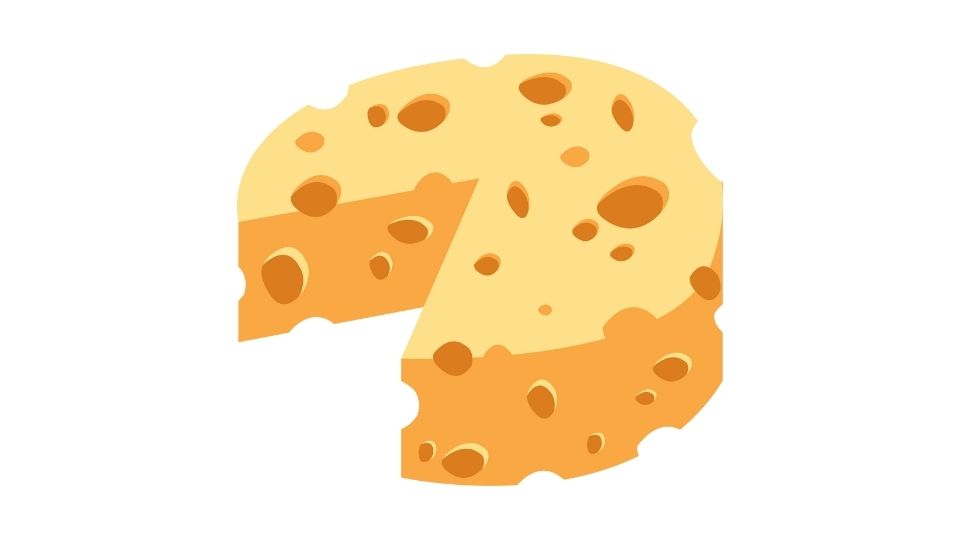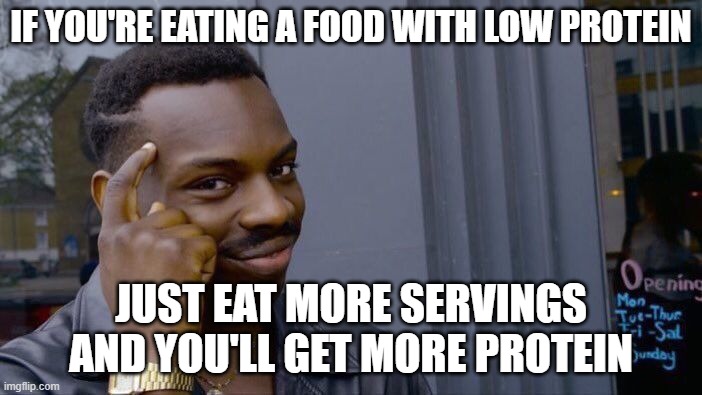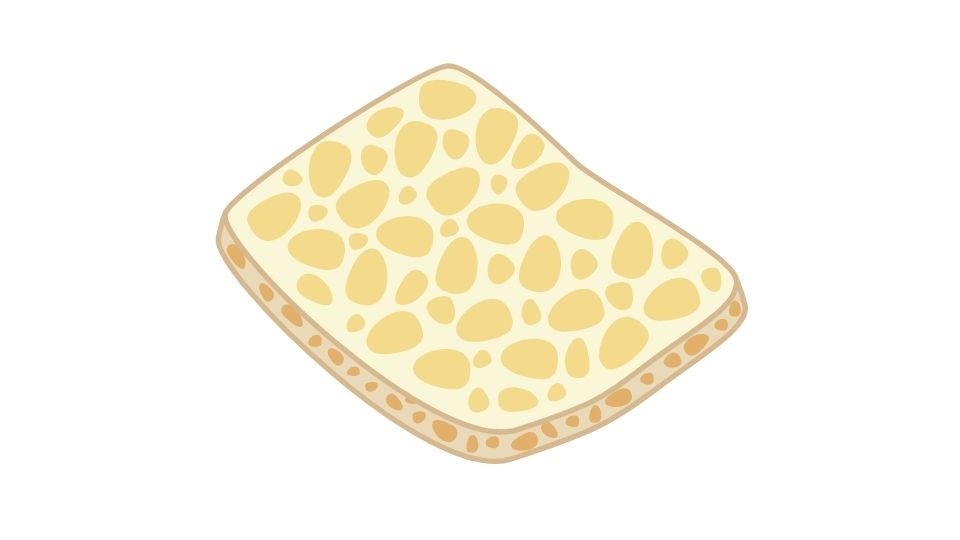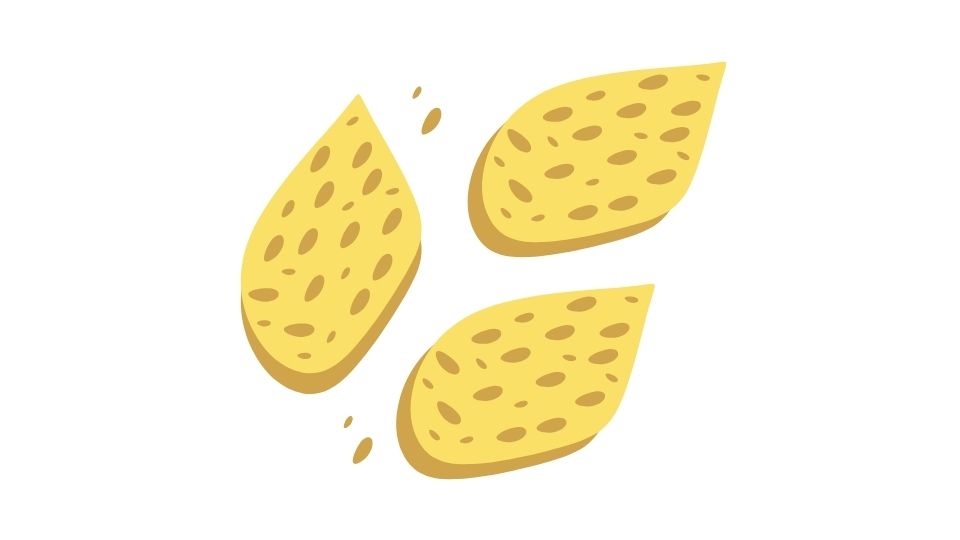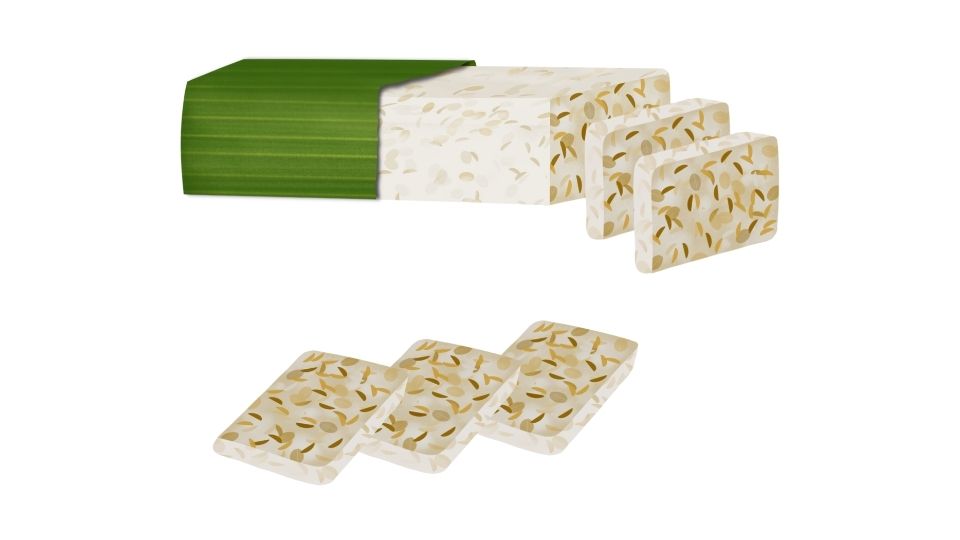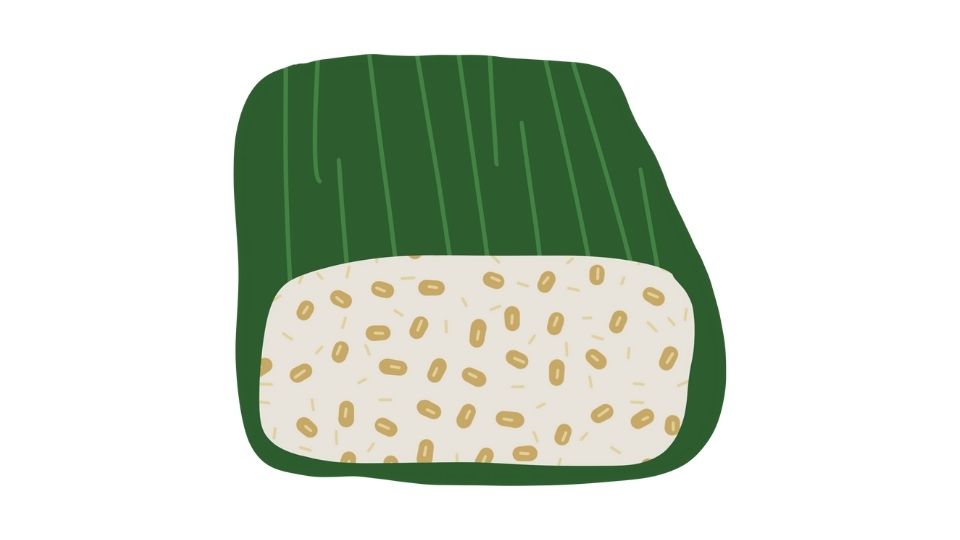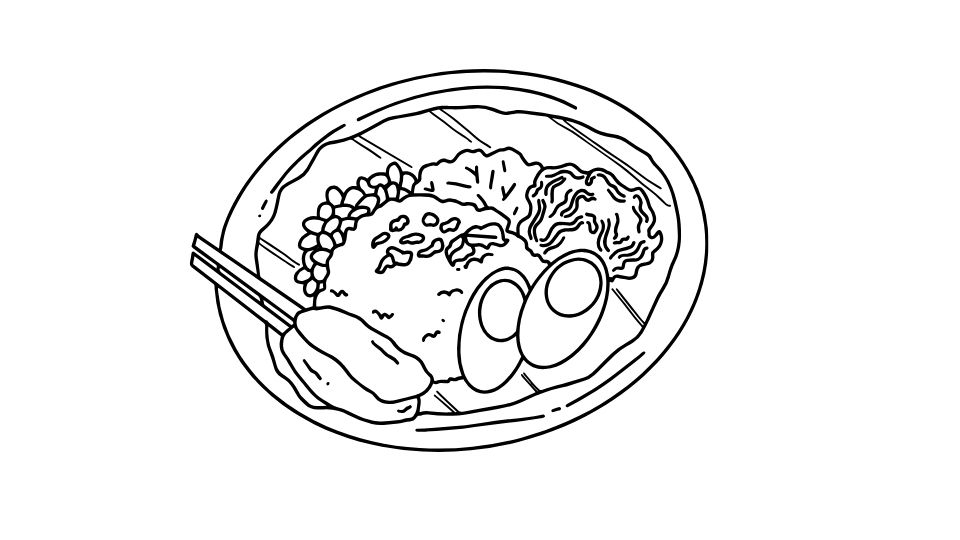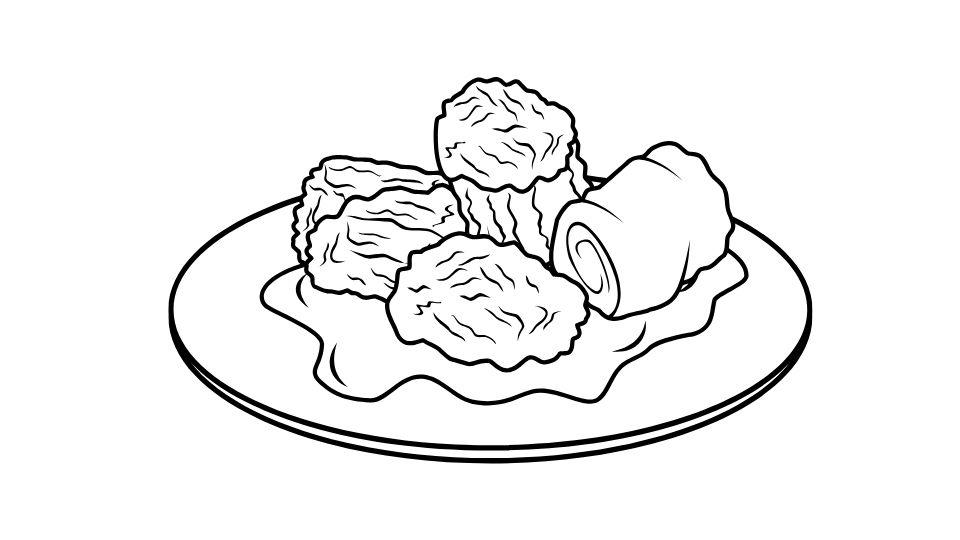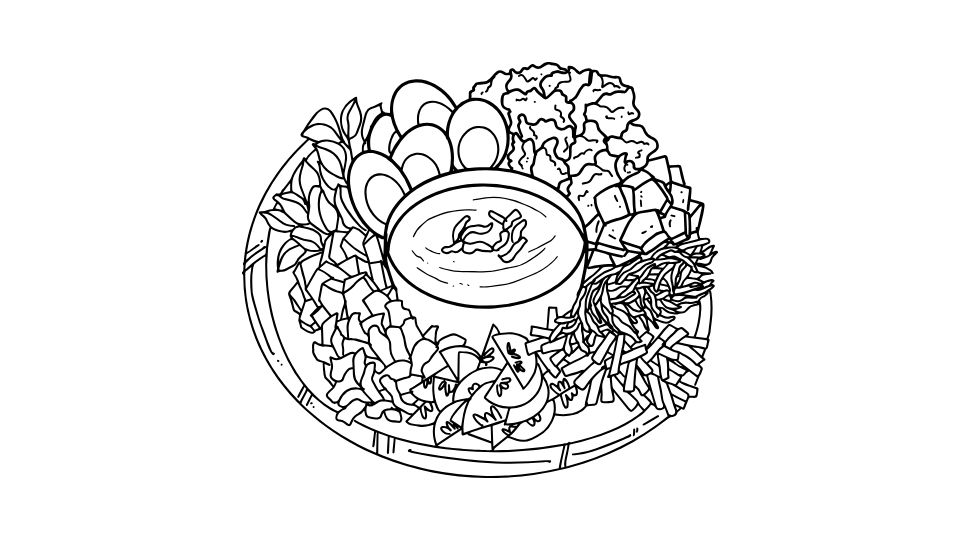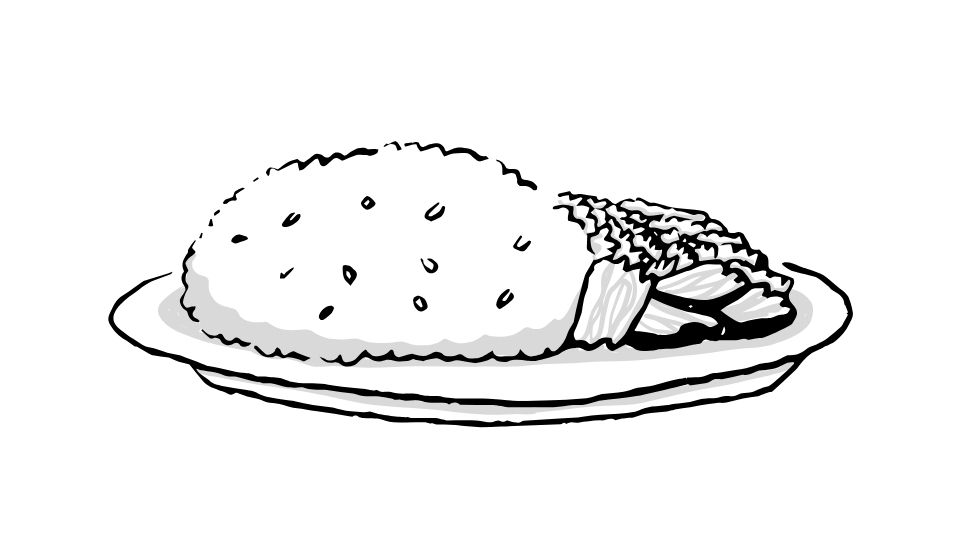Protein powerhouse? One cup of cottage cheese packs a serious 24-28 grams of protein per serving. That’s about the same as eating a small chicken breast, but in creamy, spoonable form.
Most low-fat cottage cheese (the 1-2% kind) delivers around 25 grams of protein per cup, making it one of the most protein-dense foods in the dairy aisle.
But what makes cottage cheese protein so special? And why do fitness folks and grandmas alike swear by this lumpy white stuff?
Let’s break down the science and benefits of cottage cheese protein – and why it might deserve a spot in your fridge.

Cottage Cheese Protein: By The Numbers
Let’s get nerdy for a second with the full nutritional breakdown of what you’re getting in that cup of cottage cheese:
| Nutrient | Amount | The Scoop |
|---|---|---|
| Protein | 24-28g | Mostly slow-digesting casein protein |
| Calories | 180-190 | Relatively low-calorie for the protein punch |
| Fat | 2-5.5g | Depends if you go low-fat or full-fat |
| Carbs | ~6g | Mainly from lactose (milk sugar) |
| Sodium | 400-700mg | Watch out if you’re monitoring salt intake |
| Calcium | 10-15% DV | Good for your bones! 🦴 |
Why Cottage Cheese Protein Content Varies

Ever notice different protein amounts on different cottage cheese containers? You’re not imagining things.
Fat percentage matters. Lower-fat versions typically have similar or slightly higher protein per cup. A 1% cottage cheese might have around 25g protein, while the full-fat (4%) version has 26-27g, but with more calories and fat.
Brand differences can also affect protein content. Some companies make a more protein-dense product than others.
Serving sizes can trick you. Many nutrition labels show a ½ cup serving (about 113g) with roughly 12g protein. Double that for a full cup and you get 24+ grams.
The Quality Factor: Not All Protein Is Created Equal
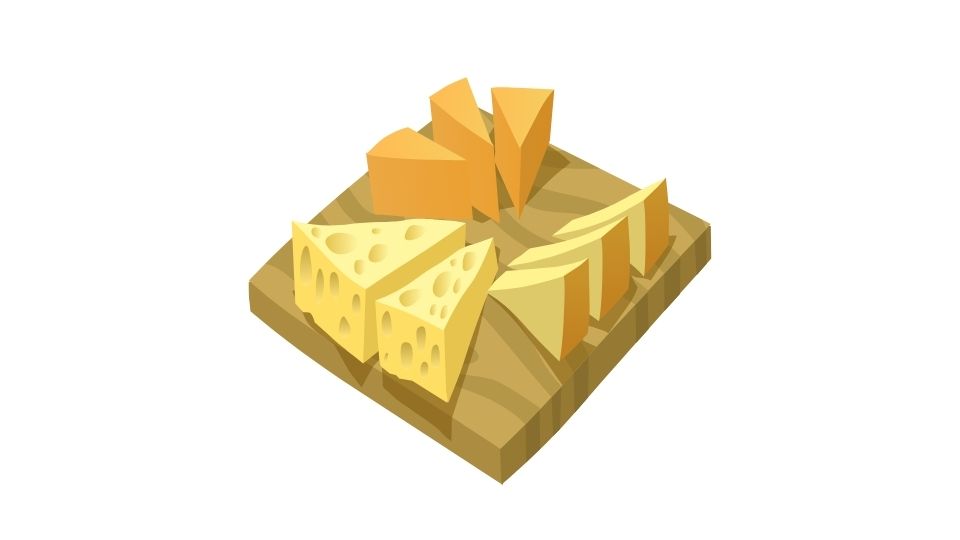
The protein in cottage cheese is mainly casein protein – about 80% of the total protein content. Unlike whey protein (which digests quickly), casein is a slow-digesting protein that provides a steady release of amino acids.
This makes cottage cheese especially valuable as a:
- Pre-bed snack (sustained overnight protein delivery)
- Between-meal option (keeps you fuller longer)
- Recovery food (continues feeding muscles hours after eating)
Plus, cottage cheese contains all nine essential amino acids, making it a complete protein source that your body can fully utilize for muscle building and repair.
Health Benefits Beyond Just Protein
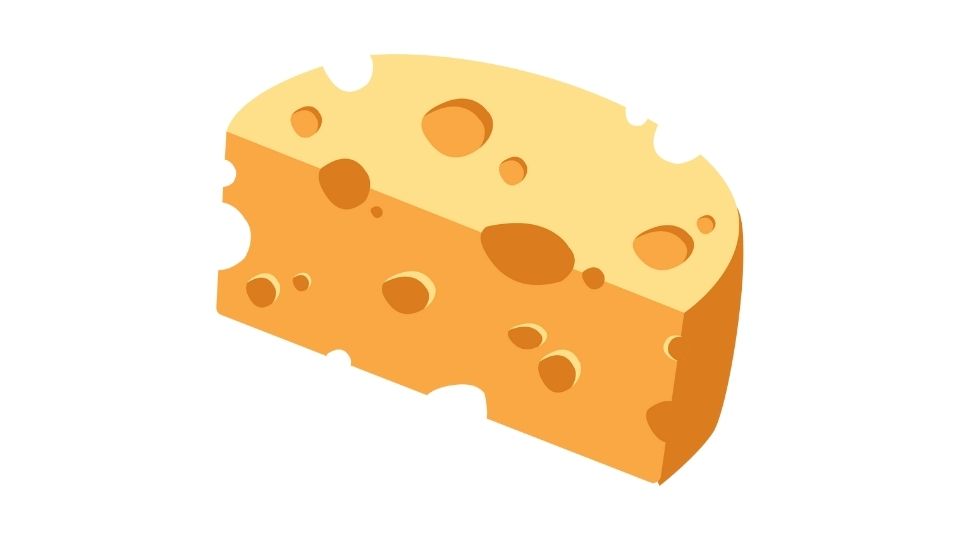
Cottage cheese doesn’t just help your muscles – it’s got benefits for your whole body:
Muscle maintenance & growth
The slow-releasing casein protein in cottage cheese helps with muscle repair and prevents breakdown. This is particularly important for older adults fighting age-related muscle loss.
Weight management helper
With about 70% of its calories coming from protein and that slow digestion profile, cottage cheese helps you feel full longer. Studies show high-protein foods like cottage cheese can reduce hunger and help control calorie intake.
Bone strength support
Alongside protein, cottage cheese delivers calcium, phosphorus, and sometimes vitamin D – the trifecta for bone health.
Steady energy
The combination of protein and some carbs provides sustained energy without blood sugar spikes.
Creative Ways To Enjoy Cottage Cheese
Let’s be honest – plain cottage cheese isn’t winning any flavor contests. But it’s incredibly versatile:
- Mix with fresh fruit and a drizzle of honey
- Blend into smoothies for a protein boost
- Use as a creamy base for savory dips
- Top with Everything Bagel seasoning and sliced tomatoes
- Swap for ricotta in lasagna or stuffed shells
- Blend until smooth as a protein-rich cream cheese alternative
Important Considerations (The Fine Print)
Sodium content – Most cottage cheese contains 400-700mg sodium per cup. If you’re watching your salt intake, look for low-sodium varieties.
Lactose alert – Those with lactose intolerance might need to proceed with caution or try lactose-free versions.
Processing matters – Some brands add stabilizers and preservatives. If that concerns you, check ingredients lists for simpler options.
Tracking Cottage Cheese In Your Diet
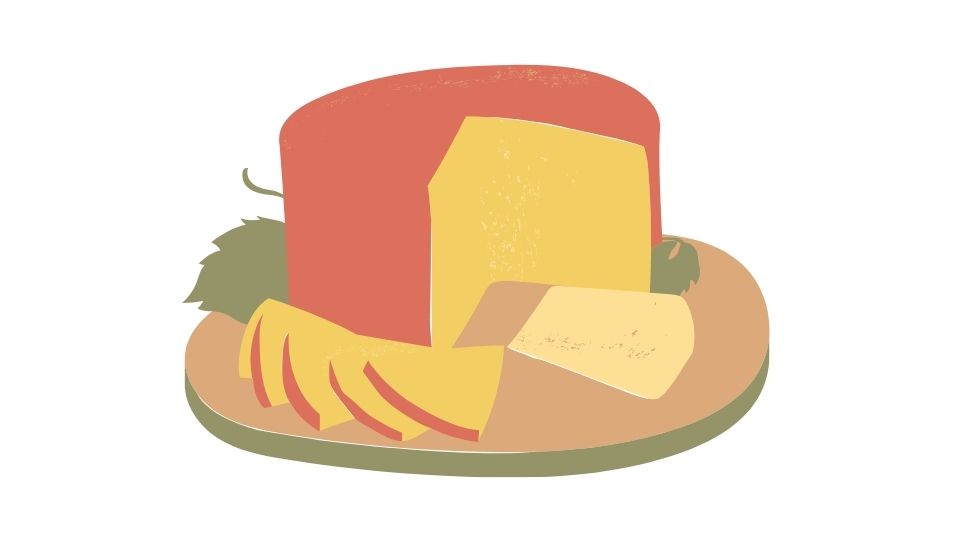
If you’re counting macros or tracking calories, cottage cheese is a nutritional bargain. For about 180 calories per cup, you’re getting a whopping 25g protein.
That’s a protein-to-calorie ratio that beats most other foods!
For accurate tracking, always check your specific brand’s nutrition label, as protein content can vary. You can also use reliable food tracking apps to keep tabs on your cottage cheese consumption.
Whether you’re a fitness enthusiast looking to build muscle, someone trying to lose weight, or just wanting more protein in your diet, cottage cheese deserves serious consideration.
With its impressive 24-28g protein per cup, slow-digesting properties, and versatility, it’s truly a nutritional powerhouse that’s stood the test of tim
And while protein powders and fancy supplements come and go, humble cottage cheese has been quietly delivering quality nutrition for generations. Sometimes the best protein sources are the simplest ones!



